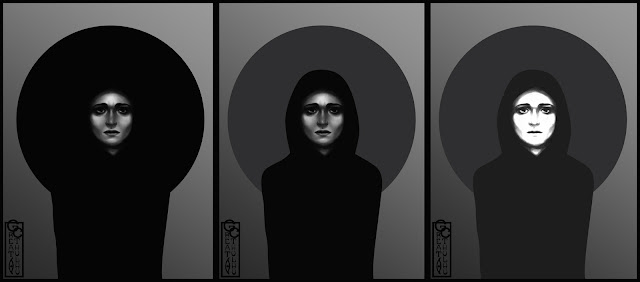Italian Delicacies: Panforte di Siena PGI
ITALIAN DELICACIES: PANFORTE DI SIENA PGI
Panforte di Siena is one of the most iconic Christmas desserts in Italy: find out more about the tradtion and the history of this spiciy cake made in Tuscany.
Dating back to the Middle Ages, Panforte di Siena is a flat cake containing spices and candied fruit, which is usually enjoyed during the Christmas festivities in Italy. The moment you sink your teeth into the first slice, you realize that this is a very ancient recipe.
Back in 1891, Pellegrino Artusi acknowledged the universal fame of Panforte in his cookery book Science in the kitchen and the art of eating well. Nowadays, the production of Panforte di Siena is not restricted to the Christmas season and is supplied by several medium-sized industrial firms and cake shops throughout the area of Siena, in Tuscany. Its turnover and export volume makes an important contribution to the Tuscan economy. Besides, every family in Siena has its own recipe for making it at home.
HISTORY OF PANFORTE DI SIENA
The name "Panforte" derives from the fact that early versions made from water, flour and fruittended to become acidic in taste so they were called Pane forte (strong bread). Then the recipe was perfected to give us the present-day delicacy. Apparently, the predecessors of Panforte were bread loafs rich in pepper and honey which, in the early 1200s, used to be donated by servants and settlers to the nuns of an Abbey in Montecelso, close to Siena. It was a costly gift at the time owing to the high price of its many spicy ingredients. The Via Francigena, which was used by the pilgrims of Santiago de Compostela and enabled goods to be carried to Rome and the principal European courts, contributed to making this cake famous.
The first factory to produce Panforte was opened in 1810 by Natale Pepi. However, it was not until 1931 that the Italian Touring Club Guide confirmed its high reputation: “The pastry making industry of Siena boasts a universally acclaimed speciality, the famous Panforte di Siena”.
Panforte di Siena has two variants: the white version was first created in 1879 when this sweet was sprinkled with icing sugar for the first time, in honour of Queen Margherita who was visiting Siena during the August Palio. It was consequently redubbed “panforte Margherita”. In black Panforte, on the other hand, the addition of honey is optional, while a mild pepper is added to the spices and this mixture is spread over the surface of the cake.
HOW IS PANFORTE DI SIENA MADE?
In 2013, Panforte di Siena obtained the PGI trademark (Protected Geographical Indication) and consequently it is subject to a set of regulatory norms. The essential ingredients are “0”-type flour, dried fruit (whole unpeeled sweet almonds), candied fruits (citron and orange peel for the White version, while citron is replaced by melon in black Panforte). The basic ingredients are sugar, honey and spices (nutmeg and cinnamon). The cake mixture is spread and laid between two round pieces of starch wafer, which form the base, and then wrapped in a band so that it keeps its shape.
In addition to these “essential” ingredients, it is also possible to add granulated hazelnuts, melon, vanilla and a blend of spices such as mace, pepper, pimento, coriander and cloves. The black version may also contain walnuts, citron, coriander, star anise, cloves, ginger, allspice and chilli pepper.
Neither variants are allowed to contain additives, colourings or preservatives. Panforte is oven-baked at 200-230°C for 13-45 minutes, according to the cake size. When cool, its surface is dusted. To recognize an authentic Panforte remember that the description must read "Panforte di Siena" and be indicated in Italian.
TIPS TO ENJOY PANFORTE DI SIENA AT ITS BEST
Panforte di Siena should be eaten at room temperature and woe on you if you add any sort of cream or sauce. It may, however, be accompanied with a glass of wine, preferably one with a complex structure and a warm sweet in-mouth sensation. A perfect pairing is that of Vin Santo del Chianti(Tuscany), but it pairs up equally well with Marsala Ambra Dolce (Sicily).
http://bit.ly/2D0V0Ee


Comments
Post a Comment